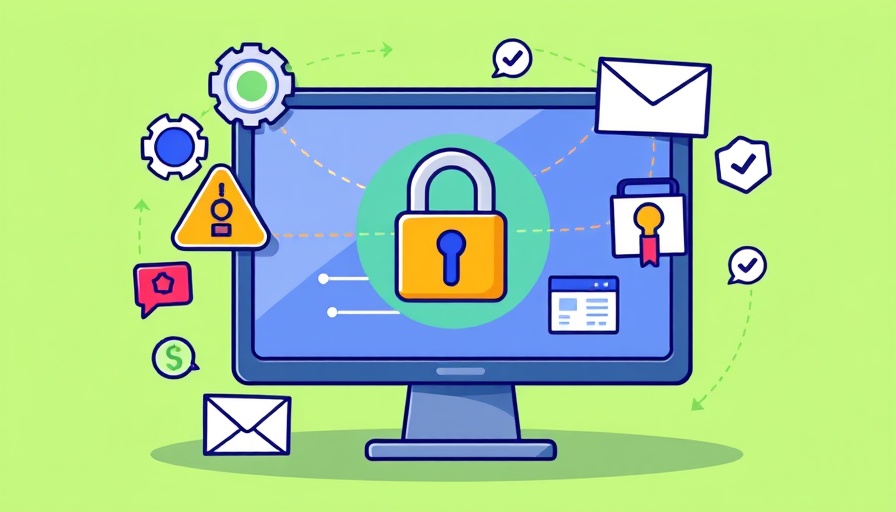
Why Quality Construction Matters More Than Ever
With the construction boom in full swing, business owners have a prime opportunity to capitalize on demand. Yet, as many dive into this lucrative market, understanding the foundation of quality construction is crucial. Getting it right from the beginning doesn’t just impact the immediate project; it has long-lasting implications on safety, reputation, and profitability. Quality in construction transcends simply erecting buildings; it's about building trust with clients and maintaining a standard that reflects a company's values.
Step One: Crafting a Comprehensive Plan
The success of any construction project begins with a well-thought-out plan. Aligning all stakeholders—from designers to engineers and contractors—on a common goal is essential. This collective vision prevents misunderstandings that could lead to costly delays or mistakes. More than just sketches on paper, a solid plan outlines budget allocations, timelines, potential risks, environmental considerations, and specific construction requirements. A risk analysis should also be part of this plan, identifying potential challenges and strategies to address them, ensuring smooth sailing once construction starts.
Understanding the Importance of Quality Materials
Using top-notch materials is a non-negotiable part of the construction process. The choice of materials dictates the durability and safety of the structure. Tailoring material selection to specific environmental conditions is critical—for instance, using seismic-resistant structures in earthquake-prone areas versus heavy insulation materials in cold climates.
Partnering with reputable suppliers who uphold industry standards for quality and sustainability is essential to maintaining building integrity. Regular inspections and testing of materials should be part of the construction regimen, as compliance with regulations helps avoid potential failures. Technology, such as advanced materials testing equipment, can bolster this commitment to quality, lending further assurance to clients.
The Value of Skilled Professionals
No construction project is successful without the right people in place. Employing highly skilled professionals—from architects and engineers to construction workers—ensures every phase of the construction is performed to the highest standard. Engineering staffing agencies can serve as valuable partners in this process, offering specialized talents that may be needed for particular tasks or to bolster the workforce during peak periods.
Moreover, investing in the continuous training of personnel keeps the entire team updated on the latest technologies and methodologies in construction, further enhancing the quality of work.
Creating a Safety Culture
Alongside quality, implementing a safety-first culture is paramount. Adopting protocols that prioritize the well-being of both workers and future occupants of the structure can prevent accidents and injuries on-site. This involves regular safety training, compliance checks, and openness to feedback from team members about potential hazards.
Establishing safety as a core value does more than just protect individuals; it fosters a sense of responsibility within the team while enhancing company reputation among clients.
Leveraging Technology to Improve Efficiency
The current landscape of construction is heavily influenced by advancements in technology. Utilizing building information modeling (BIM) allows for enhanced planning, visualization, and collaboration among teams. It can significantly reduce errors and improve budgeting by allowing stakeholders to spot potential issues before they arise.
Additionally, smart construction technology, such as drones and IoT devices, can help monitor progress in real-time, ensuring that all construction activities align with the original plan. These tech tools not only streamline the construction process but also ensure transparency with stakeholders.
Conclusion: The Road Ahead in Construction
As the construction industry continues to flourish, a commitment to quality is crucial for any business owner looking to enter this field. With a focus on detailed planning, material quality, skilled labor, safety cultures, and cutting-edge technology, construction projects can yield success stories that resonate for years to come. This approach not only satisfies clients but builds a strong foundation for credibility and future opportunities.
Business owners should take action now to ensure they are equipped with the best practices in the industry to not only meet but exceed their client expectations. Embrace the challenge of building right, so when you build, you build success.
 Add Row
Add Row  Add
Add 




Write A Comment